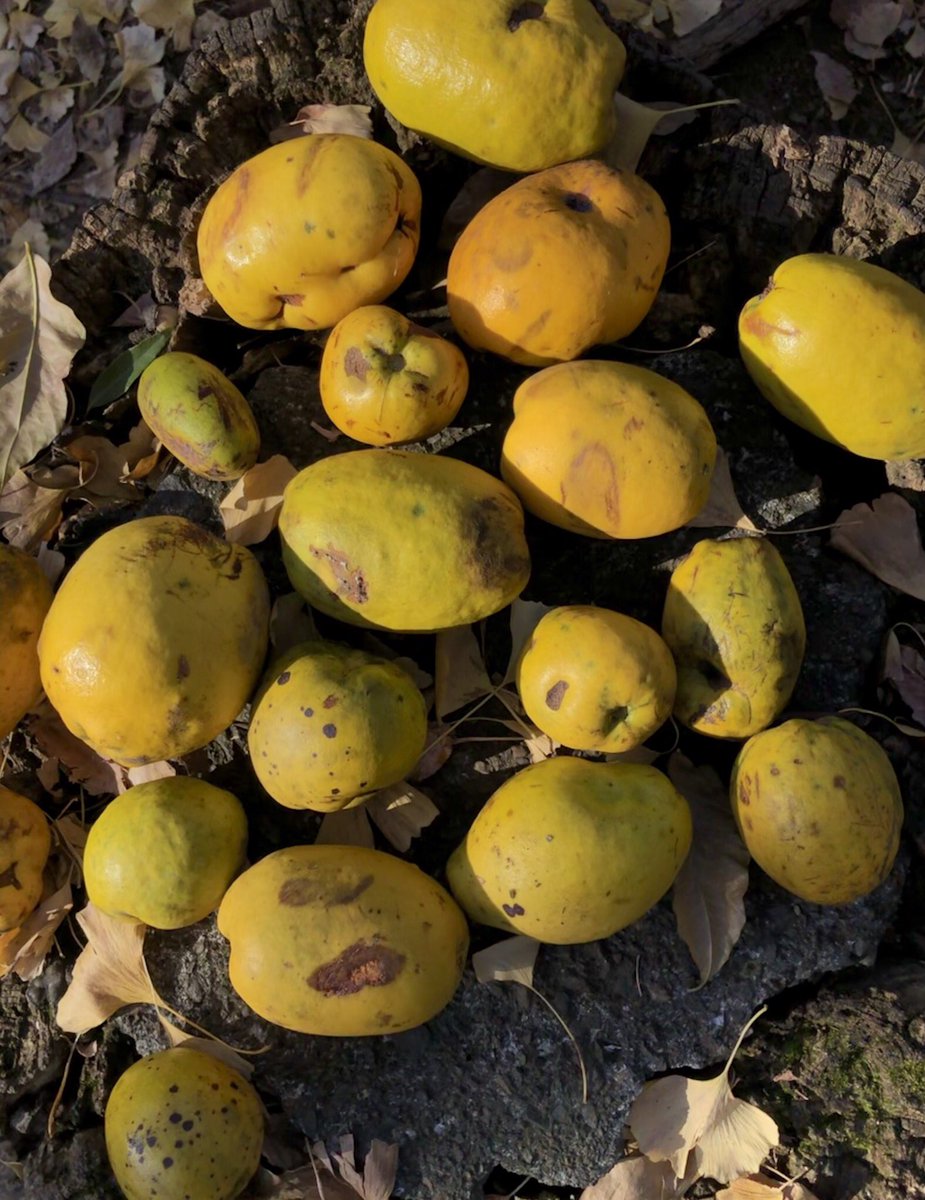
The only time I ever see police (except for officers on patrol) is when they deal with traffic incidents. Apart from the human misery, cost to environment, etc., how much police resources could be saved if we started focusing on returning to building human scaled walkable cities? 

Are foot patrols better? “We discovered that 3% of the addresses had over half of all the crime, this concentration created an opportunity to use increases in the proportion of time police spent in high-crime locations to see if that would reduce crime.” whyy.org/segments/the-p…
In Rotterdam a project to get police on foot and the streets better for pedestrians had great results: "More walkable streets = less serious crime: Drug crime -30%; Burglary -22%; Vandalism -31%, Traffic offences -19%, Theft -11%; Violence -8%." smartcitiesdive.com/ex/sustainable…
"In New Haven, the number of homicides, robberies, motor-vehicle thefts and other types of serious crime has fallen about 30% since the city, best known as the home of Yale University, put a big chunk of its officers on foot-patrol duty in 2012." wsj.com/articles/putti…
Is turning neighborhoods into human scaled communities with police on foot the secret to a friendlier more "humane" policing? Why are so many cities resisting this? St. Louis seems to have a single community based police unit for example. riverfronttimes.com/newsblog/2018/…
• • •
Missing some Tweet in this thread? You can try to
force a refresh






























